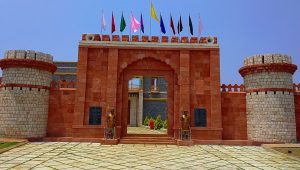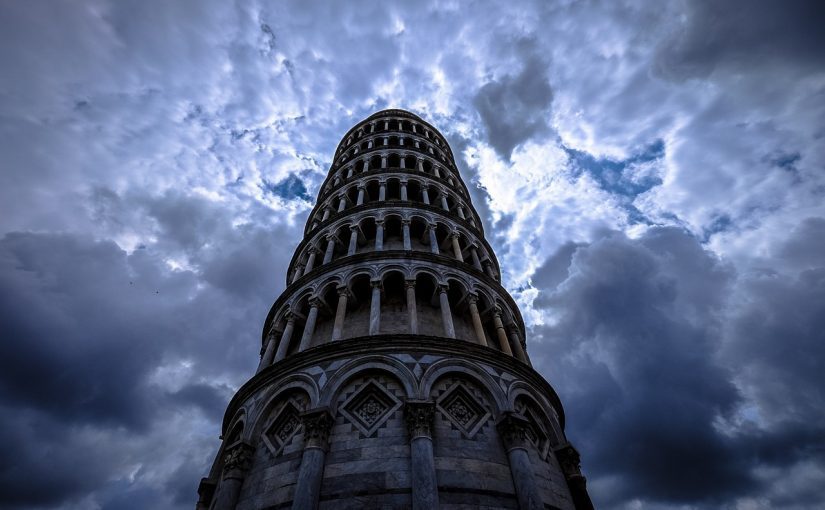
You may wonder why Moses is often depicted in paintings with two horns on his head. It’s due to a simple translation error made in the late 4th century by a biblical scholar named Jerome. The scholar was translating the Bible into Latin when he mistook the word keren for “grew horns.” It is now known that the word should’ve been “radiating light.” This simple example shows us the enduring importance of translation for humanity.
In this blog, we’ll answer some very powerful questions about the role of translation in reshaping our history. What is translation and why is it important? Why is translation important for businesses and individuals? What is the importance of translation in a multicultural society? Only then you’ll be able to truly appreciate the service provided by translation experts.
Translation in Ancient Days
If we intend to explain the importance of translation, then we’ll have to go way back in olden days, the very early times when human beings had just started documenting their adventures and keeping a record of their business activities. Exploring the role of translators in the past will help us understand the importance of accurate translation today.
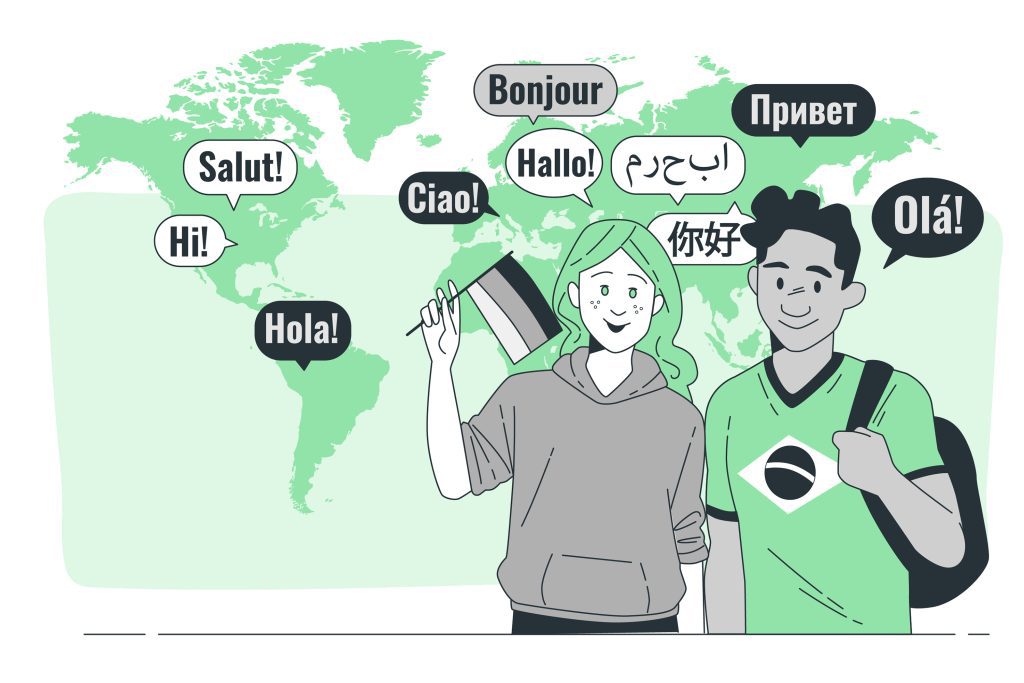
After all, translators can affect global politics to such an extent that a translated sentence starts a war! For instance, when translators heard Khrushchev say, “We will bury you,” the poor saps did not realize that he was simply claiming to “outlive” the Western civilization, not unleash a war on the US. So, let’s dig into some more examples of the importance of translators in ancient days.
Tower of Babel
“And the LORD said: Look, they are one people, and they have all one language, and this is only the beginning of what they will do; nothing that they propose to do will now be impossible for them. Come, let us go down and confuse their language there so that they will not understand one another’s speech.” – Genesis 11:6 -7
This biblical story, recorded in the Bible, talks about an ancient people who all spoke a language but decided to build a tower to knock at the gates of the Heaven. But God was furious at them so he confused them and they started speaking different languages. The story of the Tower of Babel tries to explain the origins of languages.
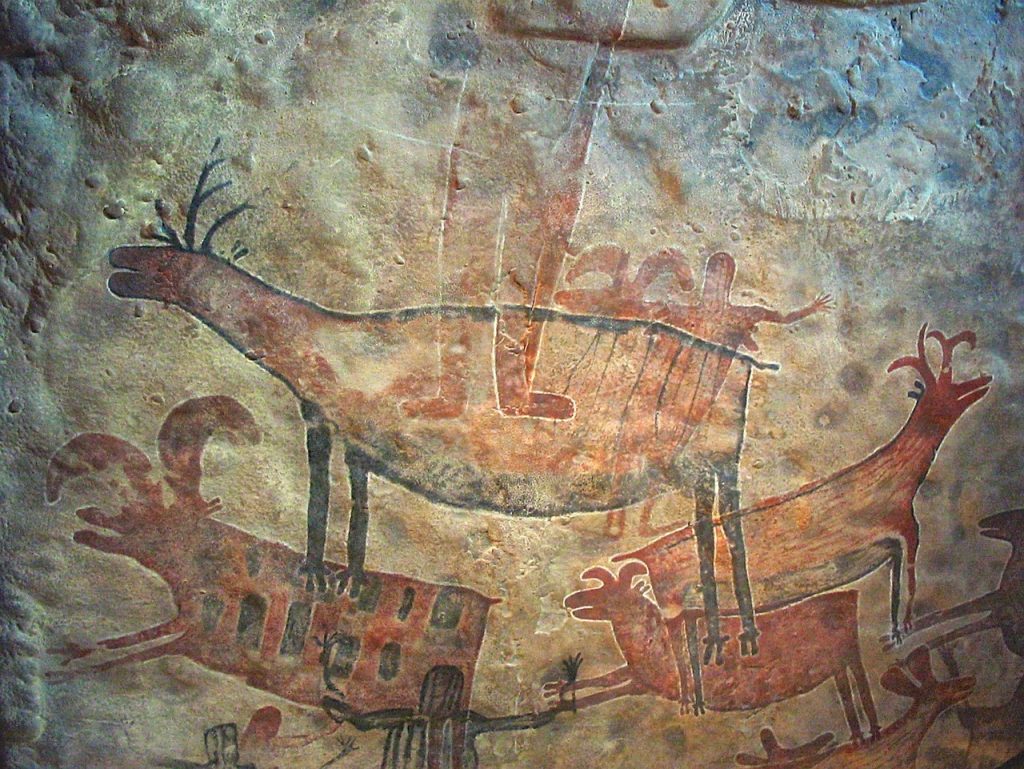
That’s where the “Babel problem” comes in, i.e., the lack of a single universal language stops us from immersing in each other’s culture or communicating with fellow human beings properly. A translator, therefore, is needed to bridge this gap and bring people closer.
Epics and Legends
The “Epic of Gilgamesh” is the world’s oldest novel and also one of the earliest documents to be translated. It was translated 4,000 years ago from Akkadian into different languages.
Cultural and Religious Texts
Jewish translators rewrote the Hebrew Bible into Koine Greek some 200 to 300 years before the birth of Christ. It helped the Jewish Diaspora that couldn’t understand Hebrew anymore to easily recite the Scripture in a language they knew. The Rosetta stone would be another example of the importance of translators. Made in 196 BCE and discovered in 1800 CE, this stone allowed us to understand Ancient Egyptians and learn what these hieroglyphics mean.
Similarly, the spread of Buddhism in East Asia is thanks to Kumarajiva, who rewrote hymns and sutras from Sanskrit to Chinese in the 4th century CE.

Translation in the Middle Ages
A story says that the Allies asked the Japanese premiere Kantara Suzuki to surrender, proposing a few terms before the wise politician. When reporters asked him if he was going to accept these terms, he replied by saying, “Mokusatsu.” Even though it simply meant No Comments, reporters translated it as “Not worthy of comment.” Ten days later, the first A-bomb was dropped on Japan, and two cities were wiped out.
This is just an example of how translation can reshape the history and politics of the world. In these few subsections, we’ll explore the role of translation in the Middle Ages. You’ll learn the major role translators and interpreters played in this crucial period, ushering in an age of globalization. Translation, therefore, was a key player in the cultural development of modern humanity.
The School of Translation
In the 13th century CE, King Alfonso X established this “translation agency” to decipher the text written in Arabic, Hebrew, and Latin. It helped Europeans get access to many sciences available only in select few languages at that time.
Even after the closure of the School of Translation, European emperors stayed interested in this elegant art form; one example would be that of the King James Bible of the 17th century.
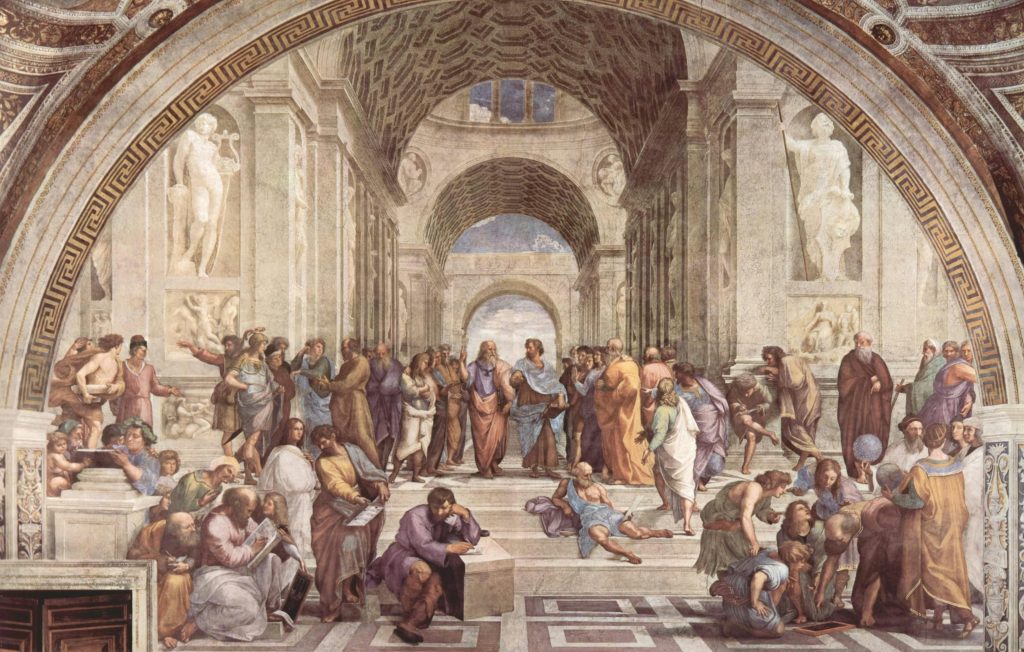
Adaptations, not Translations
Martin Luther popularized the idea that a translator should translate a text into their native dialect instead of rewriting the source text in a language they don’t speak. By the end of the 15th century CE, translators focused on adapting the source material or localizing them to make sure that their audience could understand it (e.g., Thomas Malory’s translation of Le Morte d’Arthur).
However, this trend changed after a hundred years when accuracy became the focus of all translators’ attention (e.g., Ficino translating Plato or Erasmus translating the New Testament).
Translation in Modern Times
“In After Babel, Steiner, drawing upon hermeneutics, divides the act of translation into four parts and establishes a universal operational framework for all acts of understanding and communication. This framework is known as the Hermeneutic Motion. The motion involves four stages: Trust, Aggression, Incorporation, and Compensation.” – Yongcheng Chen.
In his groundbreaking book After Babel, Steiner presented his amazing theory on translation.
- Trust: The translator trusts the “translatability” of the source text.
- Compensation: The translator tries to make up for all the untranslatable words that may have lost their original meaning due to cultural differences.
- Aggression: The translator removes all the subtleties and nuances of the original text.
- Incorporation: The translator modifies the native semantic field by incorporating many foreign elements from the source language into the target language.
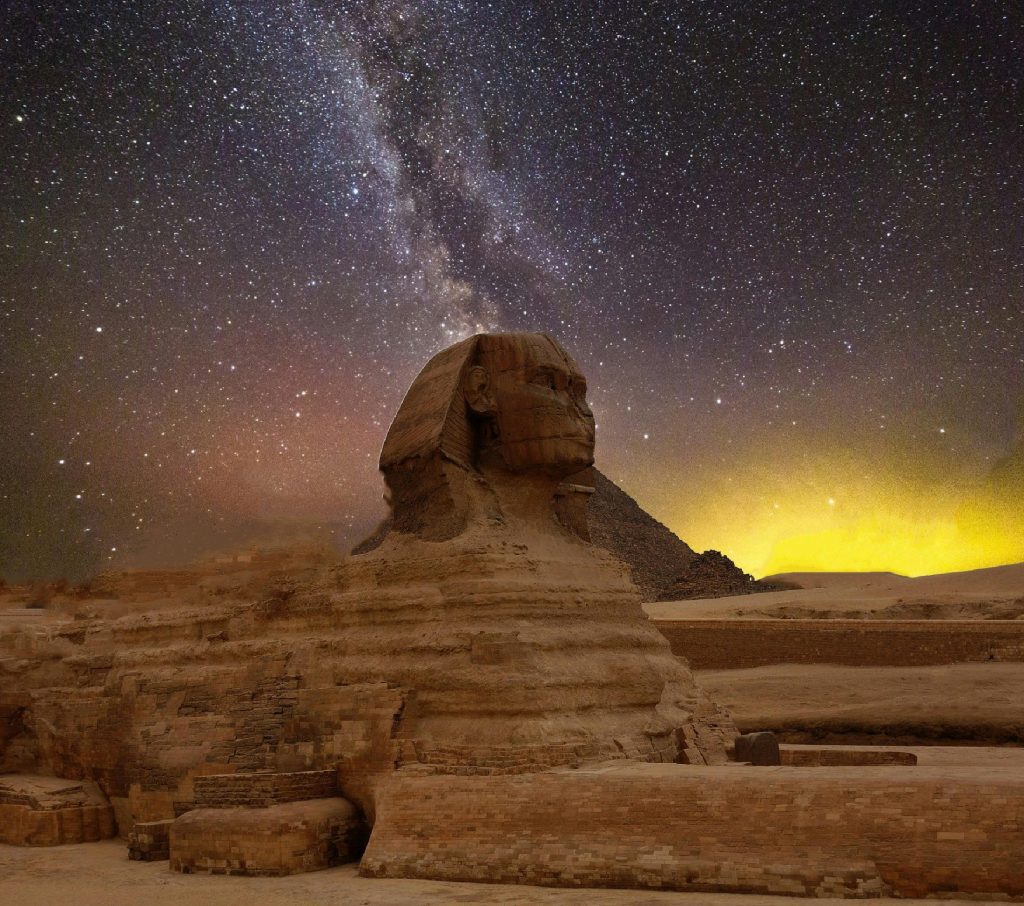
Steiner believed that our yearning for privacy and distrust of others led to the proliferation of too many languages in the world. Every language tried to maintain a sense of cultural isolation. That is why real translation is next to impossible because the original intent would be always lost in translation. He opined that a translator tends to taint the original text with their beliefs, ideas, and cultural connotations.
In this section, we’ll discuss how modern translation intends to bridge this gap and retain the true meaning of the source text in translation.
Accuracy Keeps Reigning Supreme
Continuing the trend from the late Middle Ages, accuracy remained the main focus of translators in the 19th century. That why the author of Encyclopedia Americana described translation in the following words: “the text, the whole text, and nothing but the text.” It was the time these folks were falling in love with the poems of Omar Khayyam, freshly translated from Persian.
Domestication and Foreignization
In the early 19th century, Schleiermacher proposed two approaches to translation:
- Domestication: Ensuring transparency and bringing the author to the reader
- Foreignization: Emphasizing the foreignness of the source material and bringing readers to the author
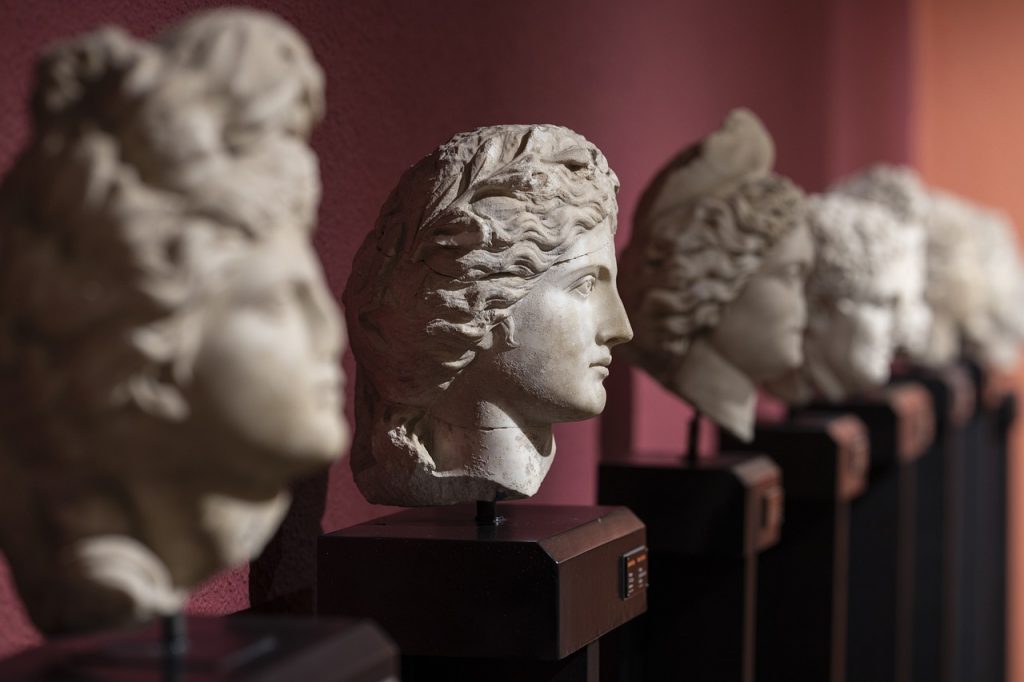
Following Schleiermacher’s footsteps, Yan Fu proposed three approaches:
- Faithful: Retains the spirit of the source material
- Elegant: Keeps the language a reader considers elegant
- Expressive: Stays accessible to the target audience
These theories heavily influenced the way we translate different documents today. The concept of “Translation studies” emerged in the 20th century, and the subtle art of paraphrasing content in different languages soon became a science that was taught in universities.
Translation in the 21st Century
Today, translation agencies are fostering global growth as many professionals are working night and day to rewrite people’s sensitive, important documents in different languages. Automation is also a very important factor here; AI tools help translators do their job quickly.
Many people also rely on these tools to get free translations, and often, their documents are poorly translated. That’s why it’s important to rely on professionals to get this job done right.

Key Events in the History of Translation
382 CE
The Pope asked a leading translator of that time to produce Latin version of the Scripture. So, the biblical scholar worked for years, translating Greek and Hebrew text into Latin. In the beginning of the 5th century, this translation project was finished, and St. Jerome became the patron saint of all translators.
1372 CE
The famous poet Chaucer, who was working as an ambassador in Italy, returned to England with classics like the work of Dante and Boccaccio. That’s how the English audience became familiar with the work of Italian literary geniuses.
1519 CE
This was the year when Cortes’ concubine, Dona Marina, was brought to Spain. She was working as his translator during the Spanish conquest. Known as traitor to her tribe in Mexico, the woman got a reputation as one of the most important translators in the history of Europe.
1535 CE
Tyndale was arrested, prosecuted, and eventually executed for the crime of translating the Word of God into English. However, the execution of Tyndale paved the way for the Reformation as folks began to translate the Scripture directly from the source text instead of using the Latin Bible as reference material.
1680 CE
Dryden talked about the translation theory and categorized translation into three forms, imitated, literal, and paraphrased. His translation theory was instrumental in furthering this industry.

Conclusion
We can’t faithfully explain the importance of translation in a single blog. This subject requires a whole book to be covered in depth. However, getting an accurate translation done by experts is not difficult, especially for people who require urgent deliveries of their translated text. You may simply contact agencies like TranslateSwift and get anything translated within 24 hours.
These agencies employ certified, experienced translators who know the importance of accurate translate. They can easily translate your birth certificate, ID, medical history, business records, and marriage certificates, or other documents into any language of your choice at a very modest sum.
So, order your translation online, and watch a professional sprinkle their vernacular magic on the source material. For just $27 per page, you can get your visa or passport translated accurately.
FAQs – Why is Translation Important?
What is the importance of translation in a multicultural society?
In a multicultural society, translation bridges cultural and linguistic gaps to help diverse cultures communicate with each other. It helps us resolve the Babel problem by overcoming the lack of a single universal language.
What’s the significance of translation in historical contexts?
The translation of sacred texts like the Bible, Qur’an, Vedas, Talmud, etc., helped several religions gain a global following. That’s how translation practically reshaped the ancient world’s history and politics.
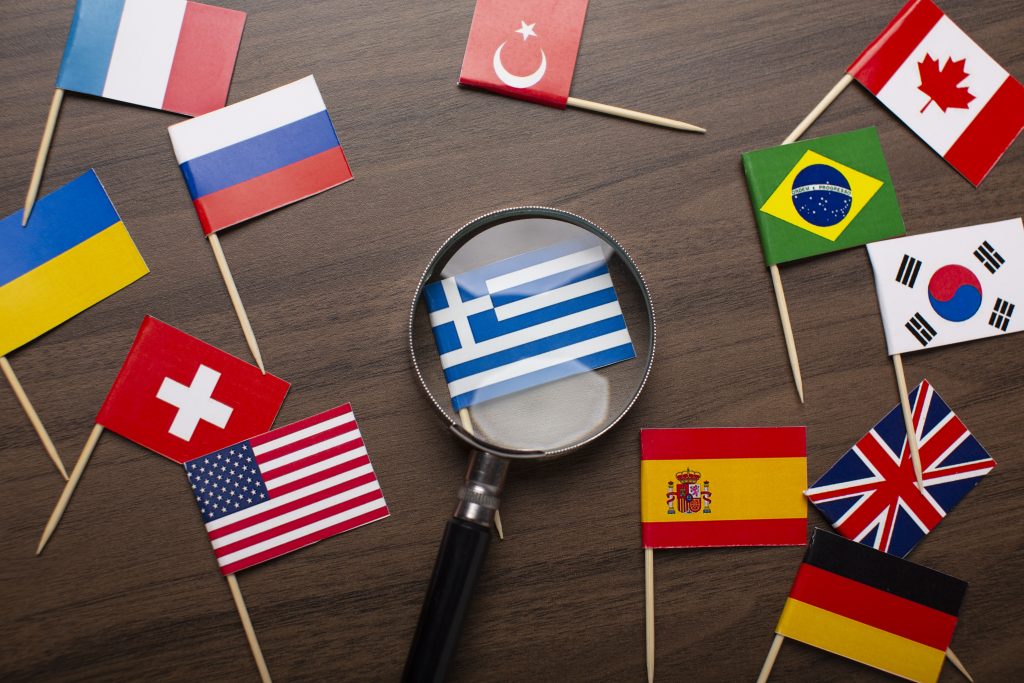
Did translation contribute to scientific advancement?
Early translators made the knowledge of ancient Greeks available to humanity. The translation of scientific texts (like the works of Galen and Aristotle) helped spread Greek and Roman scientific knowledge to the Arab world and later to Europe.
What role does translation play in global commerce?
Translation services can enhance a tourist’s travel experience and allow business owners to get a foreign audience interested in their services thanks to transcreation experts.
How does translation help preserve cultural heritage?
Translators make historical texts, artworks, and artifacts accessible to a broader audience. It also ensures that cultural knowledge and traditions is kept safe for generations to come.



